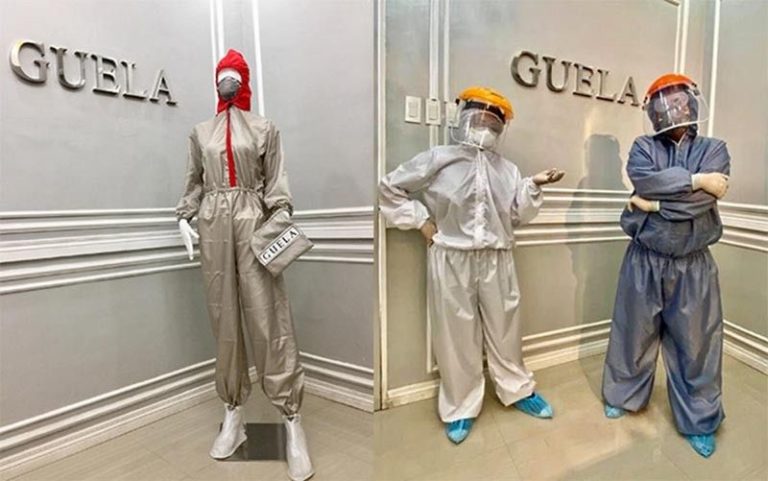Don’t Let the Curve Flatten Your Practice: Strategies to emerge stronger from COVID-19 shutdowns
Since the start of the pandemic, grocery workers, food and parcel delivery drivers, even sanitation workers have been lauded as essential. Dentists, not so much.
Even though Dental health is essential, most state and local health departments in severely affected regions decided to shut down medical practices.
According to a July 2020 survey by the Larry A. Green Center, many physicians report significant lingering issues:
“Four months into the COVID-19 pandemic, fewer than 10% of US primary care practices have been able to stabilize operations. While 13% are adapting to a “new normal,” nearly 9 in 10 practices continue to report significant difficulties whether through obtaining medical supplies, rising health needs among patients, or limited resource support.“
For dentists, navigating the art of the comeback is a monumental professional challenge. Recently we had the pleasure of hosting a webinar with Rosemary Mieses-Reyes, the President at Excellence Placement & Management.
In this blog post, we share strategies she’s implementing with clients to help dental practices weather the COVID crisis and emerge stronger and more efficient.
Four Engines of the Pandemic

COVID-related shutdowns allowed many practice owners lots of “free time” to think about their business.
Mieses-Reyes advises her clients to focus on the four ‘engines’ of dental practice management: production, collections, training, and (operational) efficiencies.
Increasing production (gross, top-line revenue) starts with growing your patient book. During these critical next six months, you must increase your marketing efforts to overcome patient fears and general economic decline.
There are two ways to kickstart this: patient engagement and community engagement.
For patient engagement, Mieses-Reyes recommends using specialized software for patient-to-patient referrals (like SRL Group’s ReferralVoodoo.com) to recruit patients in the process of finding more new patients. A robust social media presence is essential (such as claiming and actively posting content to your Facebook Business page), as is a claimed & up-to-date Google My Business page.
In an era driven by online presence, reviews can be the deciding factor for patients. Even during a pandemic, there are appropriate ways to request reviews and referrals from all patients.
Yes, it is appropriate to ask a patient to leave a review during a global pandemic.
The context is crucial. Instead of asking a patient “for a review” (yuck…marketing), instead, train your staff to ask for feedback.
Staff: “How was your visit today? Was there anything more we can do to make your appointment pleasurable. How did you feel about the safety precautions we took?”
Patient:“Everything was wonderful!”
Staff: “Great. A lot of patients are still quite nervous about visiting the dentist. Would you mind leaving us feedback about your experience? It will help a lot more patients like yourself have the courage to return to the dentist.”
Notice the ju-jitsu? Instead of a marketing-driven, self-interested ask, your staff has complimented your patient’s bravery and converted them to a social cause!
Reviews provide essential third-party validation and social proof. Yes, you can post your COVID-19 reopening policies, but they are frankly more believable when real patients say real things about their comfort level.
Aside from reviews, social media channels provide free exposure that your practice needs. Use social media to share before-and-after photos, team photos, patient testimonials, and oral and systemic health information. Be creative: one of Mieses-Reyes’ clients made a video of a new aerosol collection device. Let social be one vehicle to educate patients and hold information people want to share.
At the same time don’t neglect offline (i.e., the real world). Remember to work with your local network and community contacts. Seek and actively participate in Zoom meetings of local, religious and, community groups. Be a trusted source of medical information to your community. Help decipher conflicting or bad information. Advise other businesses who are wrestling with health-related issues (such as Covid-19 prevention). If you have a decent PPE connection, share it with a struggling local business.
Emerging stronger means being remembered as the calm, trusted voice during a period of fear and uncertainty.





